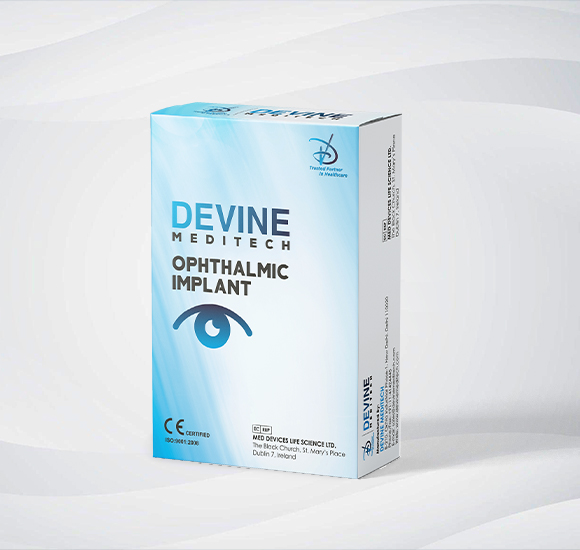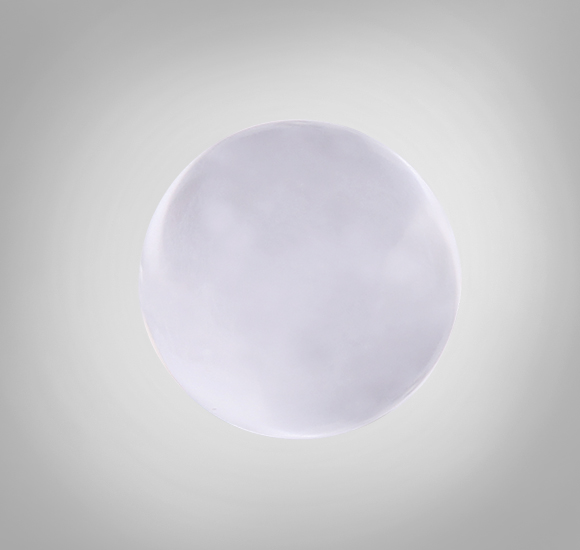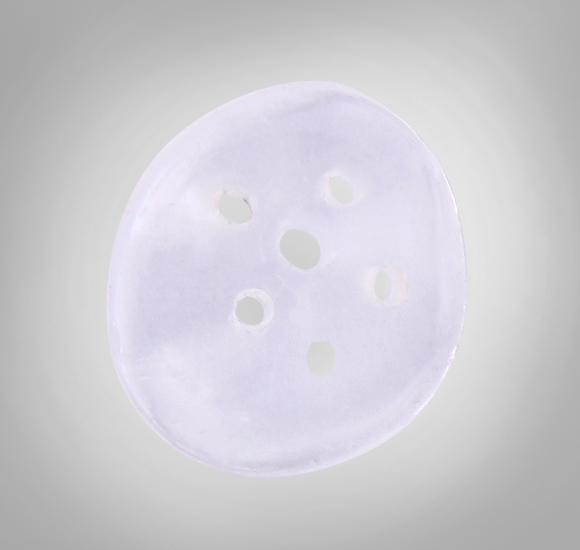
Usually, the artificial eye comes under the ophthalmic consumable. The term "ophthalmic consumables" refers to a broad range of consumable tools and materials used in the assessment, management, and treatment of eye disorders and illnesses. These could include testing strips, artificial eyes, contact lenses, sutures, instruments, and blades.
After an enucleation, evisceration, or orbital exenteration, an artificial eye, also known as an ocular prosthetic, substitutes the missing natural eye.
The prosthesis slips in between the lids and an artificial orbital implant. Although occasionally referred to as a "glass eye," a prosthetic eye or ocular prosthesis is composed of medical-grade plastic acrylics or denture materials and generally resembles a convex shell. Scleral shells, a very thin hard shell that may be worn over an injured or destroyed eye, are one variation of the ocular prosthetic.
The Artificial/Prosthetic Eyes are provided in 4 sizes and are suitable for both the Left and Right Eye. Small, Medium, or Large
Additionally, it comes in Black, Blue, and Five Other Iris Colors. Red, Green, and Brown

A round (ball-shaped) implant called the Devine Orbital Implant is made of medically acceptable acrylic material. In ophthalmic orbital sockets or the space inside the orbit after the eye has been surgically eliminated (Enucleation and Evisceration), it is utilized to restore lost volume. In spherical implants, we are the best eye implants center in Delhi. We provide plantation service in Delhi and people are satisfied with our services.
Ocular prostheses are connected to the orbital implant through a motility peg to maximize motility. The covering ocular prosthesis's look and movement have an impact on the aesthetic result. In India, we are the top artificial eyes dealers in Delhi. We deal with artificial eyes at the best level and people are satisfied with our services.

If an additional artificial or prosthetic eye is not accessible at the time of surgery, a conformer is a transparent acrylic shell that is inserted to maintain the form of the eye socket and enable the eyelids to move over the outer layer without touching the suture line.
Following surgery, the conformer shell, which is put on for six to eight weeks, retains its form ready for the prosthetic eye. Following the installation of the orbital implant, a conformer is positioned under the lids to maintain the room for the prosthetic eye.